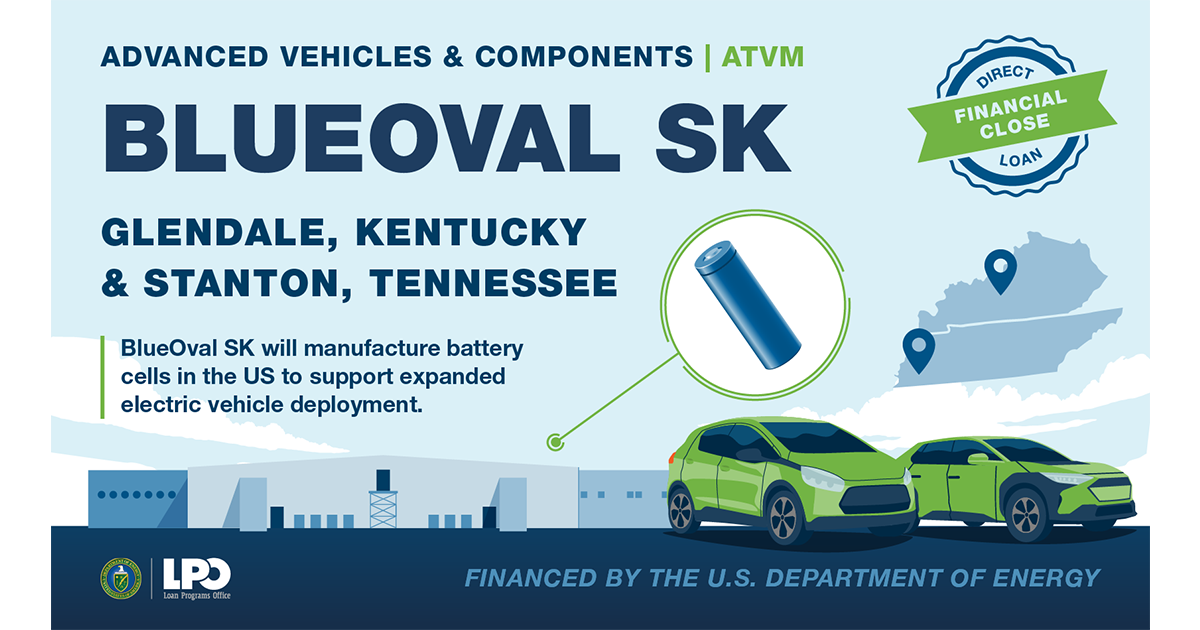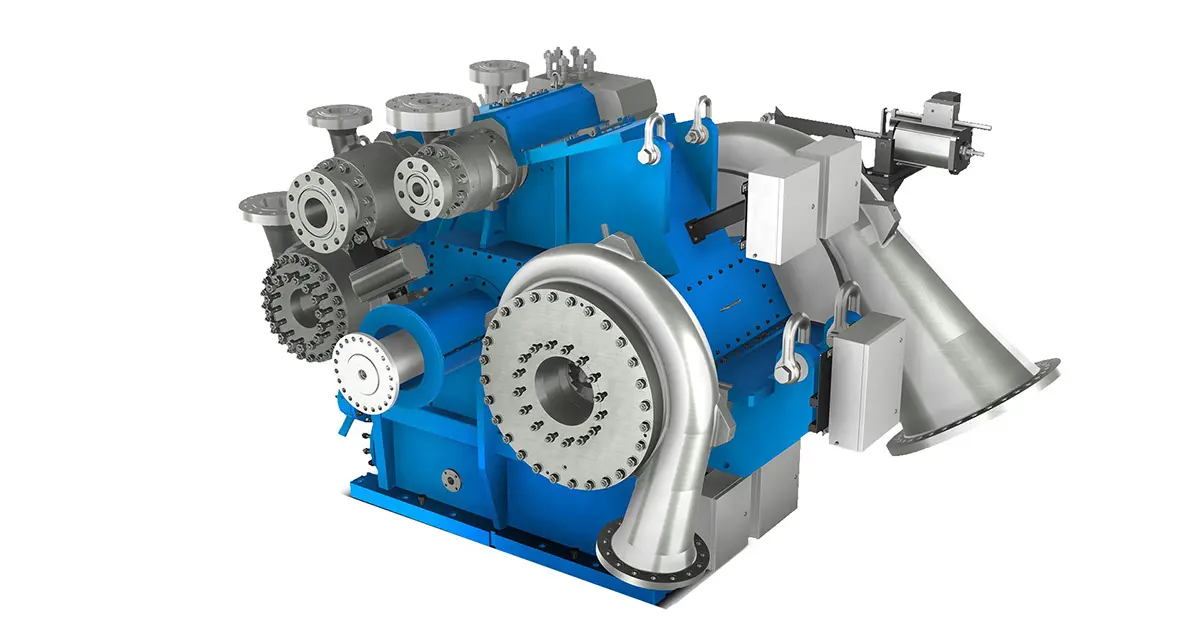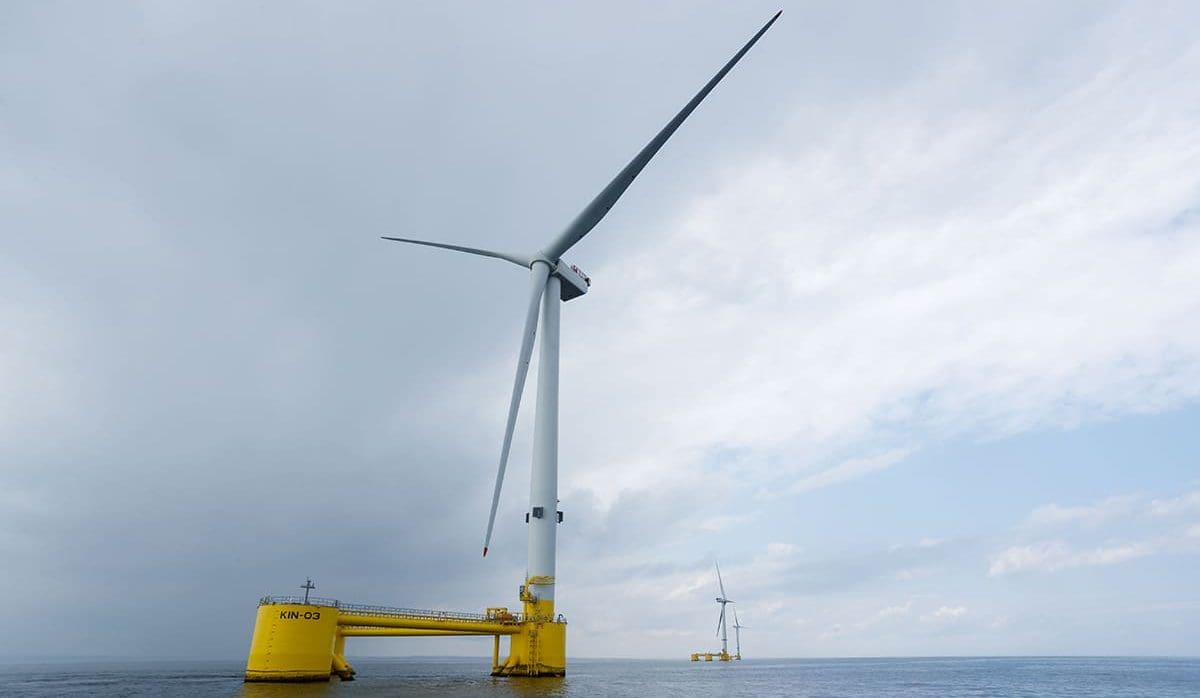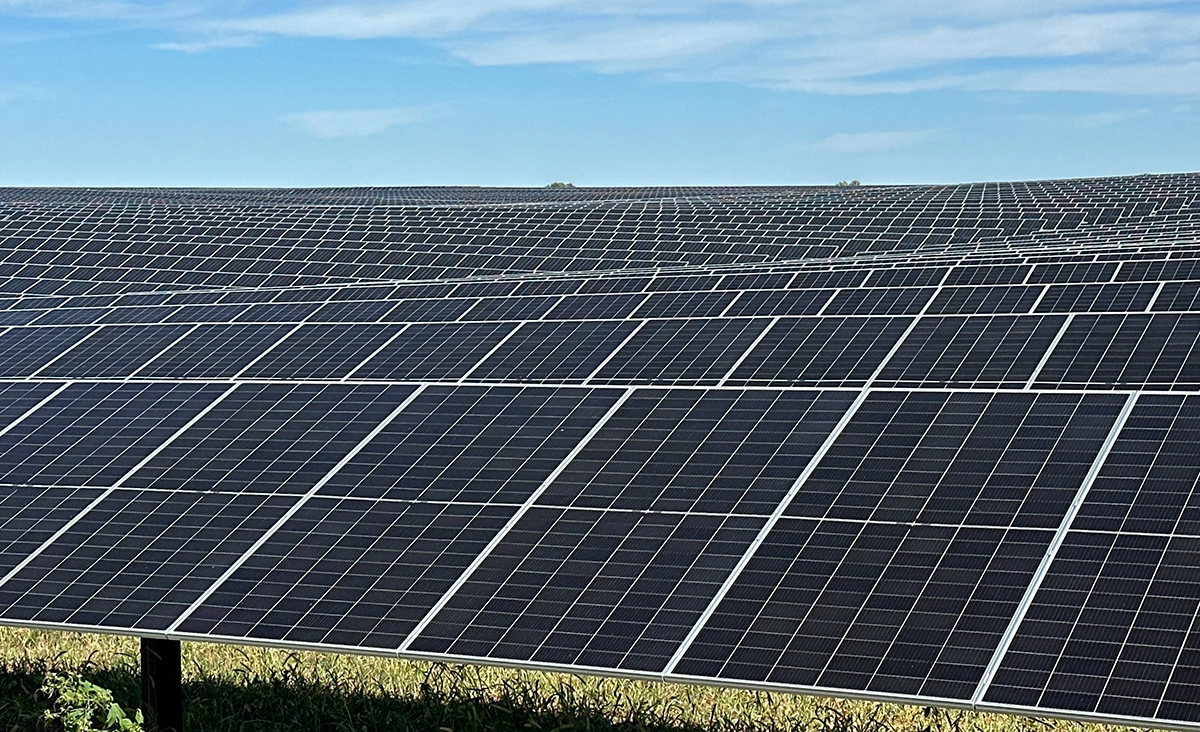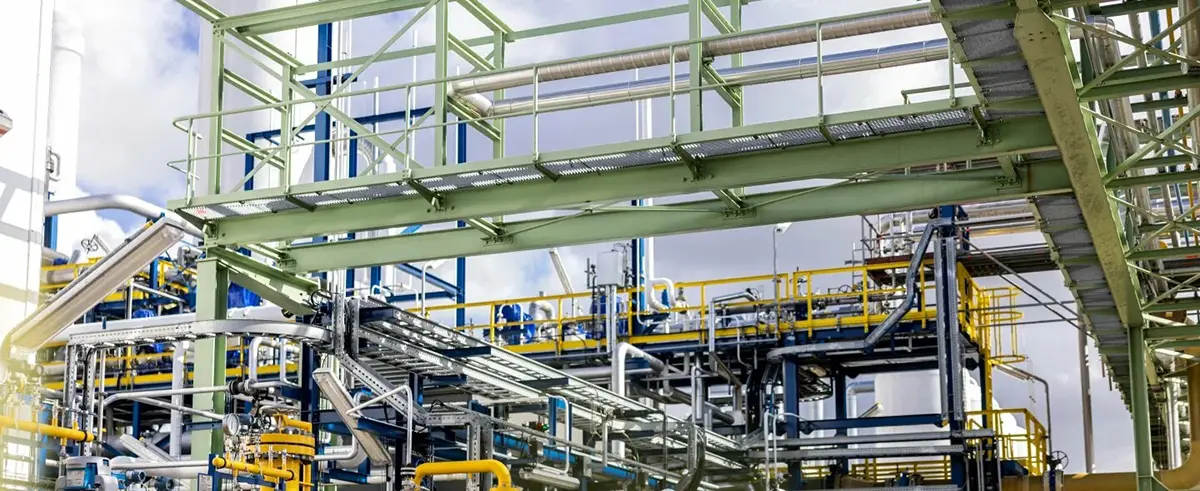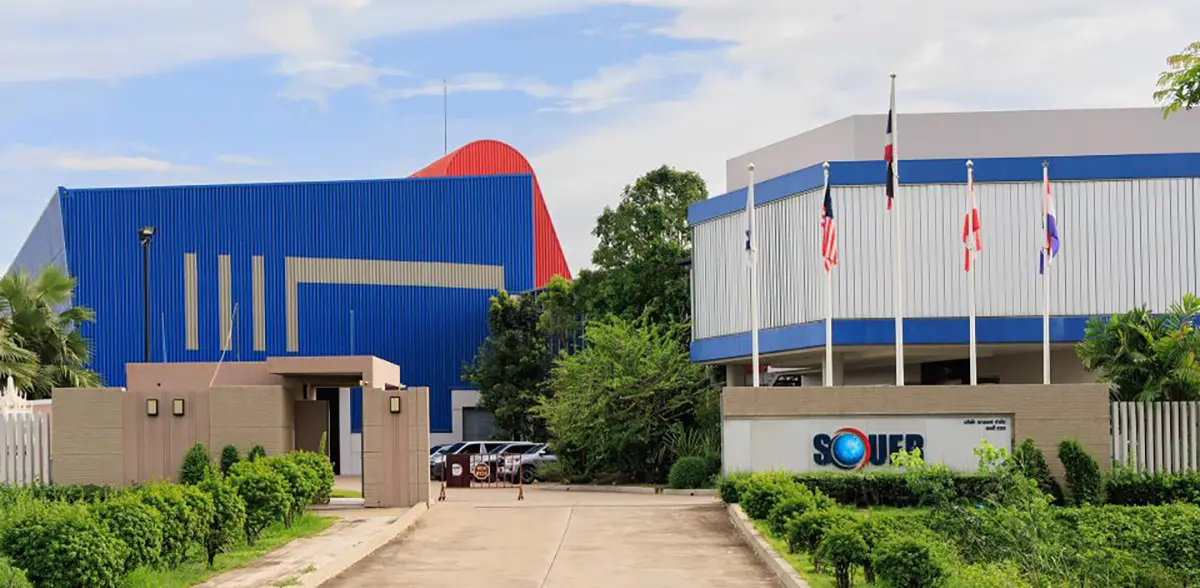
Zero Emissions For California Ports
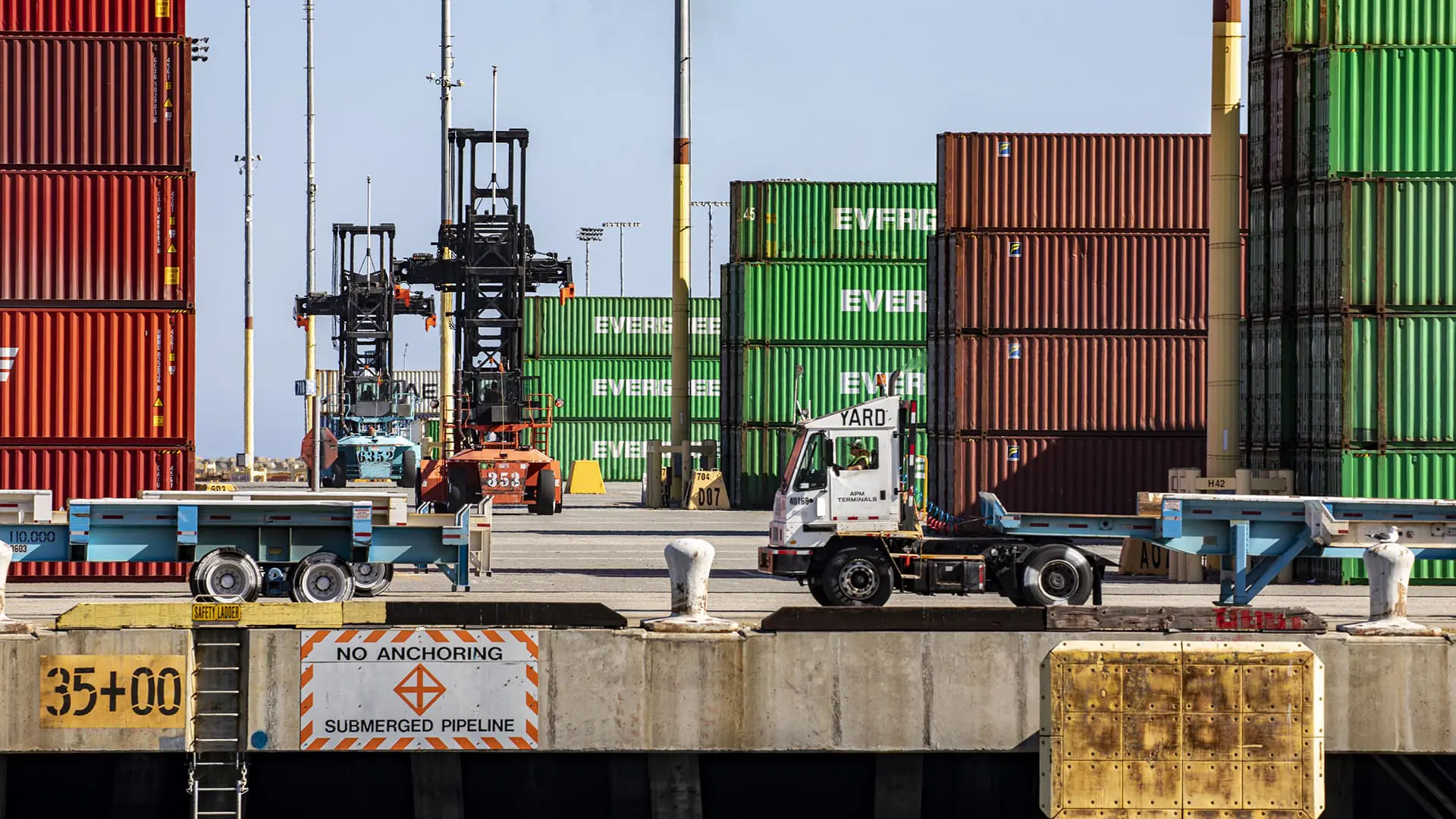
Performance verification is nearing completion on new zero-emissions fuel cell-electric terminal tractors and a first-of-a-kind pilot project is preparing to launch. For 16 months, Des Plaines, Illinois-based GTI – a research, development, and training organization – and partners have been designing and assembling the tractors in a project called Zero Emissions for California Ports (ZECAP) that will assess vehicle operation in a real-world cargo-handling application. The hydrogen fueling equipment is in final assembly and slated for installation in second-quarter 2021, along with the delivery of trucks.
A terminal tractor, also called a yard truck, is a heavy-duty tractor designed to quickly couple and uncouple with trailers to move them within a cargo yard. More than 1800 yard trucks operate at the Ports of Long Beach and Los Angeles, which is more than half of all cargo-handling equipment (CHE) at these ports. Yard trucks are the single largest source of CHE emissions but are more difficult to convert to zero-emission fuel cells or batteries because of their variable duty cycles and fundamental requirements for power, versatility, and durability.
In the ZECAP program, project partner TraPac will operate two fuel cell electric yard trucks for 12 months. The trucks are Capacity of Texas Trailer Jockey Series TJ9000 gliders configured with a BAE Systems electric drive powertrain capable of peak propulsion power of 200 kW (270 hp) and a Ballard Power Systems FCveloCity-HD85 85-kW (114-hp) proton exchange membrane fuel cell. The Capacity truck can store 9.1 kg of hydrogen at 350 bar and will fill at an onsite Hydrogen Technology & Energy Corporation (HTEC) hydrogen fueling station with 182 kg storage capacity. Other project partners are Frontier Energy and ZEN Clean Energy Solutions. The California Air Resources Board (CARB) funded the project through a grant.
“We designed the project to maximize the time the trucks will be in service,” said Bart Sowa, GTI’s project manager. “TraPac is a 24-hour operation. The fuel cell yard trucks are expected to operate for two shifts and refill in minutes, with minimum disruption to TraPac’s operation. We’ll collect and analyze real-time operating data to evaluate safety, reliability, efficiency, and ability to meet operational requirements.”

